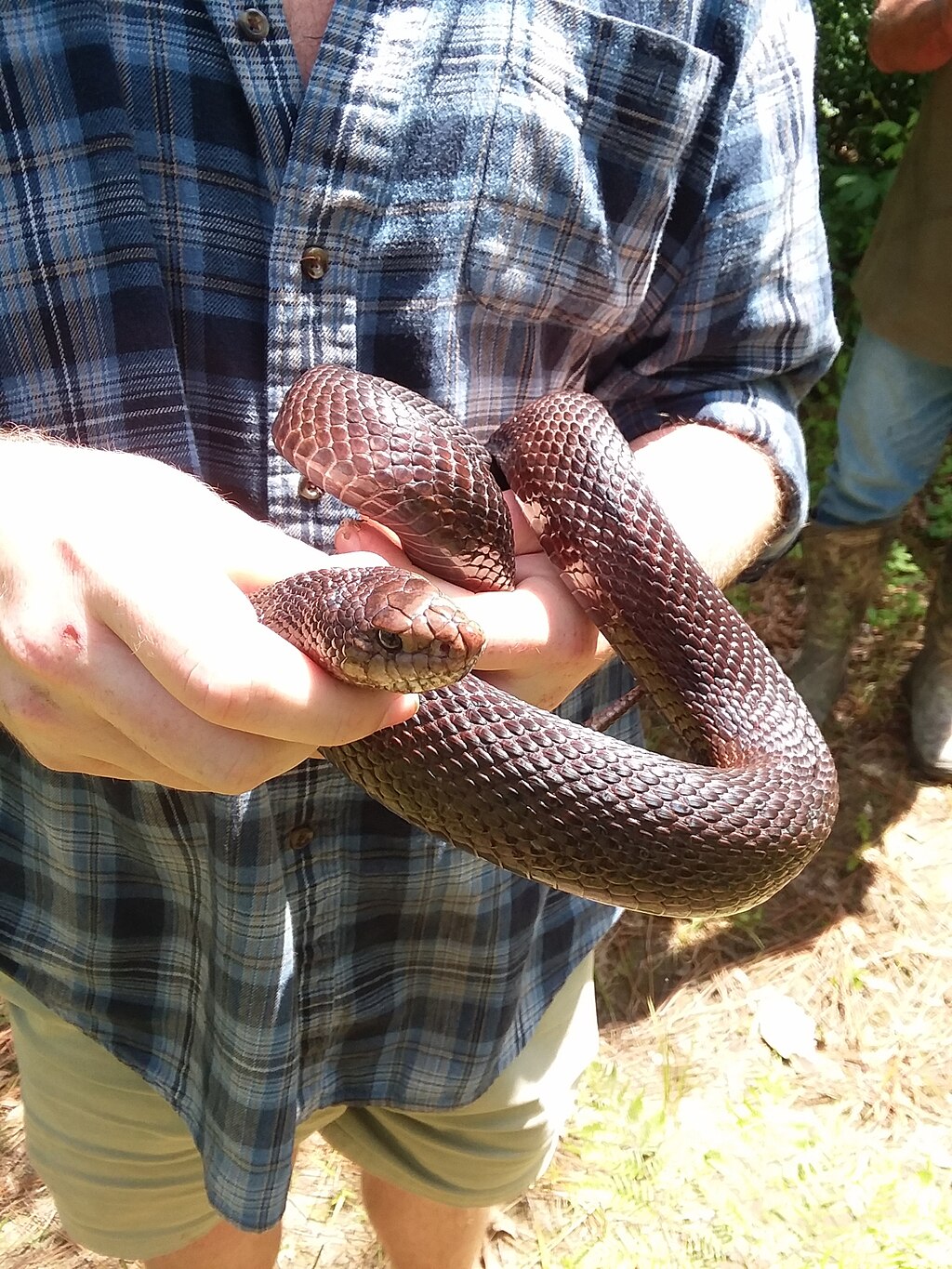Snakes are among the most misunderstood creatures in the animal kingdom. When encountering these remarkable reptiles, many people immediately assume a defensive posture is an aggressive one, leading to unnecessary fear and potentially harmful reactions for both human and snake. Understanding the difference between a curious snake and a defensive one is crucial for safe interactions, especially for snake owners, wildlife enthusiasts, and those who occasionally encounter these animals in their natural habitat. Curious snakes exhibit distinctly different body language and behaviors compared to those feeling threatened. This article will guide you through recognizing these subtle but important differences, helping you determine whether a snake is simply investigating its surroundings or genuinely feeling threatened by your presence.
Understanding Snake Body Language Basics
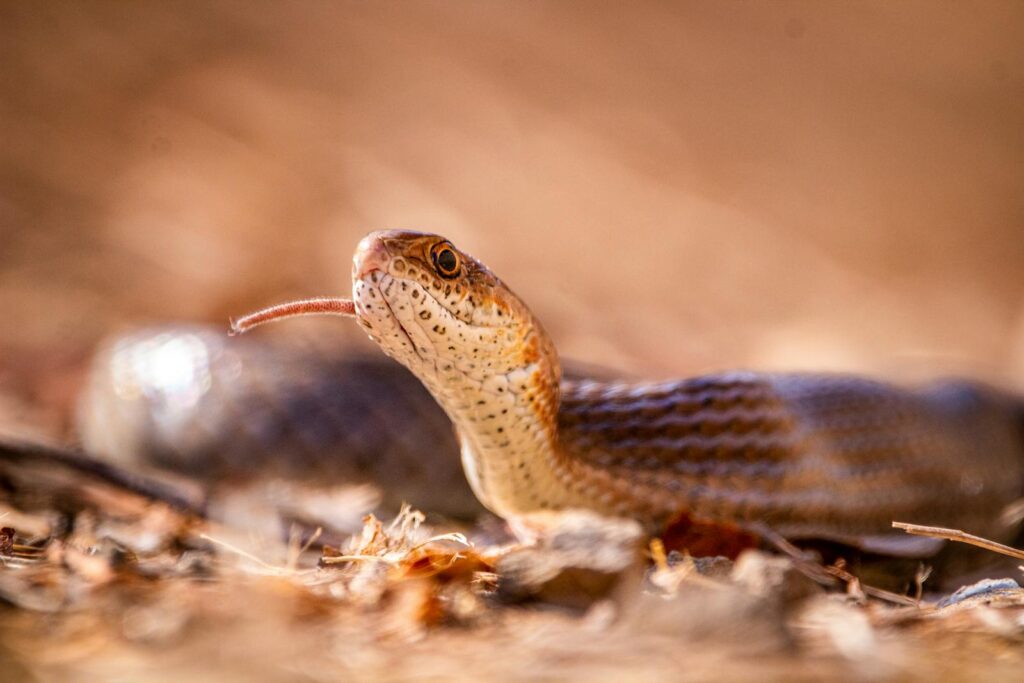
Snakes communicate primarily through body language, making it essential to recognize their physical cues to understand their intentions. A relaxed snake typically moves with smooth, deliberate movements and maintains a relatively straight body posture. The head will be held at a moderate height, neither pressed to the ground nor raised high in an alert position. Unlike mammals, snakes don’t have facial expressions or vocalizations to communicate their emotional state, so their entire body becomes their communication tool. Learning to read these subtle signals takes practice but becomes intuitive over time, especially for regular snake handlers or observers.
Signs of a Curious Snake
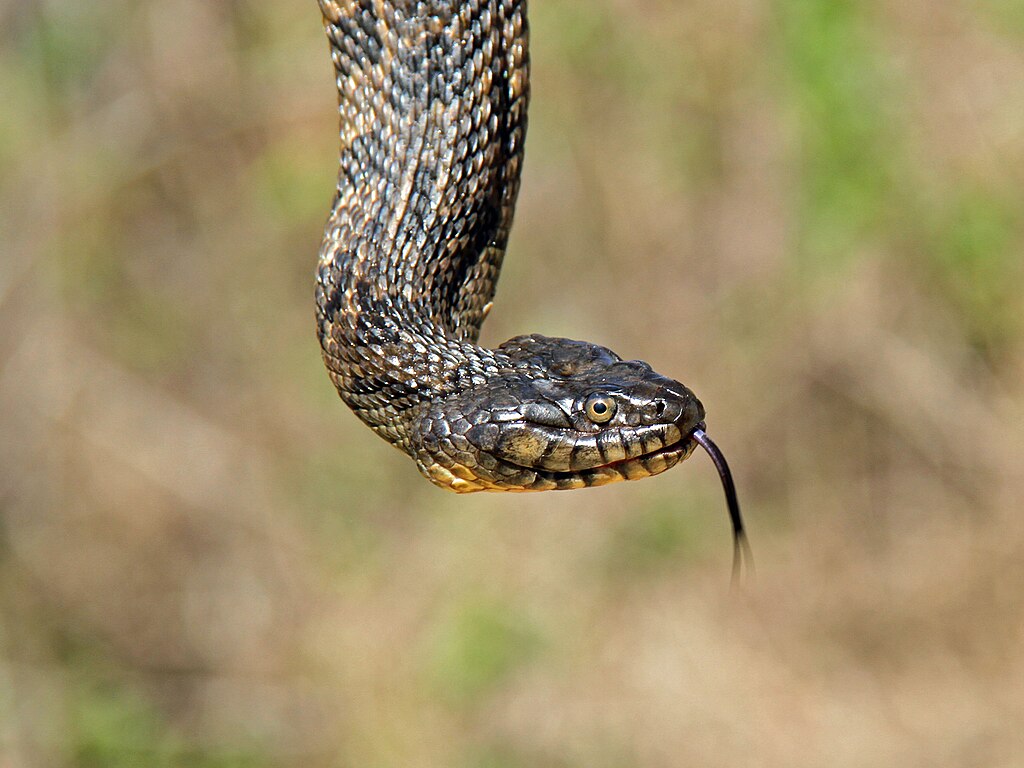
A curious snake exhibits several distinctive behaviors that indicate interest rather than fear or aggression. The snake will often flick its tongue frequently, as this is how they gathers scent particles to better understand their environment. Movement will be slow and methodical as they explore, with the head often leading and moving from side to side in a gentle scanning motion. The body remains relaxed without tension, and the snake may occasionally pause to investigate something particularly interesting. Curious snakes will sometimes follow movement or approach novel objects, showing what appears to be genuine interest in their surroundings rather than trying to escape or defend themselves.
Defensive Posturing in Snakes
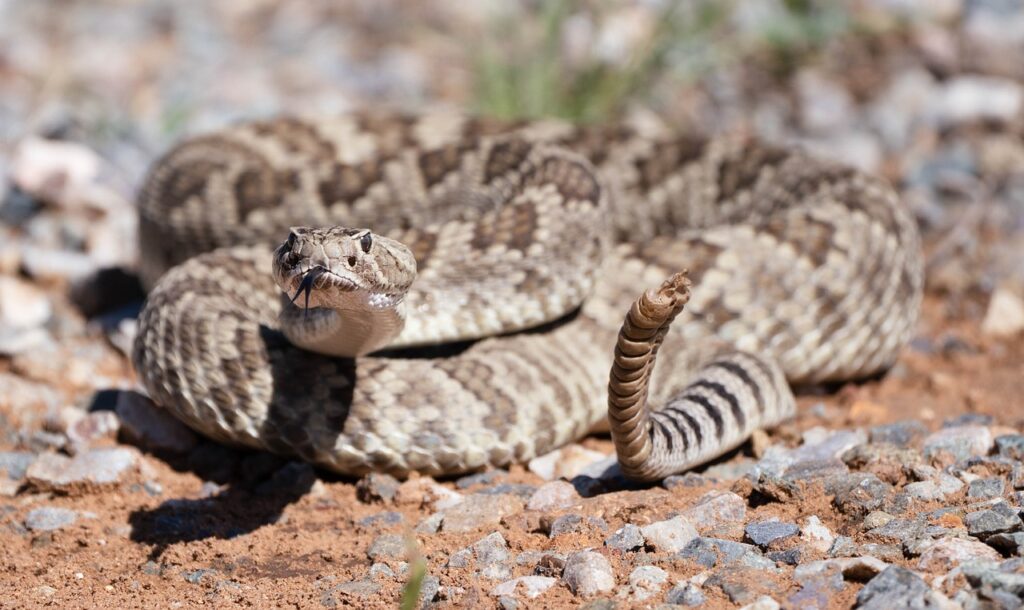
In contrast to curiosity, defensive posturing in snakes is markedly different and designed to ward off potential threats. A defensive snake will typically coil its body, creating a smaller target and preparing to strike if necessary. The head is often raised, and in many species, the neck may flatten to appear larger and more intimidating. Rapid, jerky movements replace the smooth exploration seen in curious snakes. Some species, like rattlesnakes, will employ warning signals such as tail rattling, while cobras famously spread their hoods. These dramatic changes in body position are clear indicators that the snake feels threatened and is preparing to defend itself if the perceived threat continues.
The Role of Movement Speed
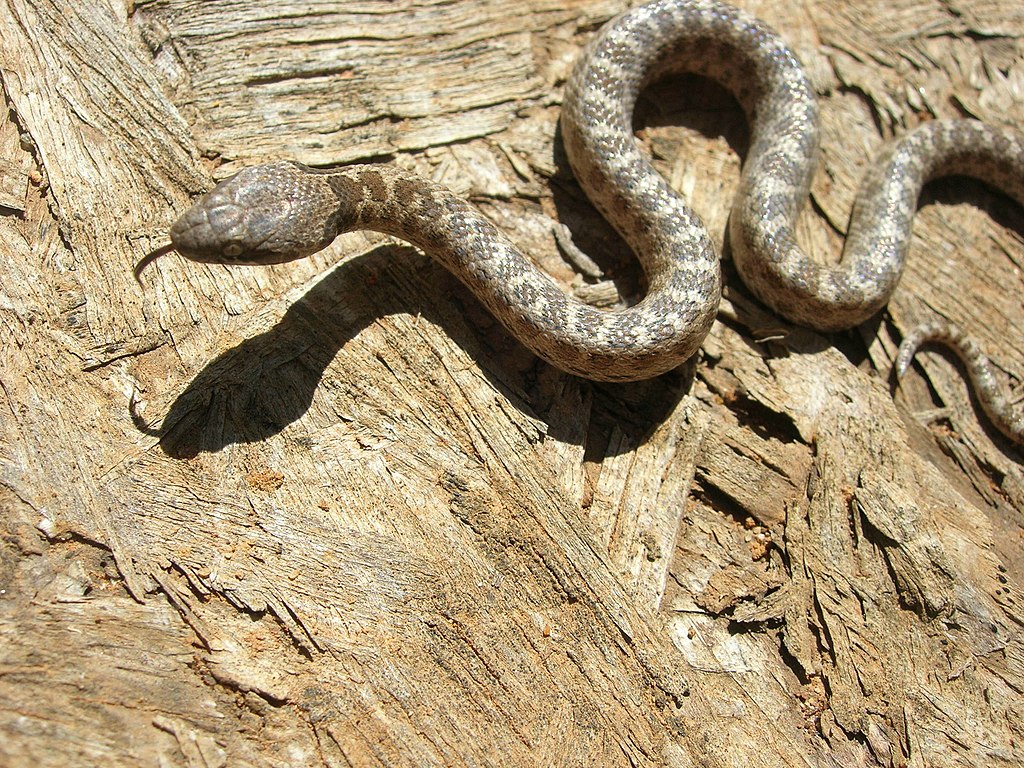
Movement speed is one of the most reliable indicators of a snake’s current state of mind. Curious snakes move deliberately and smoothly, taking time to process their surroundings with frequent pauses. Their pace is unhurried, allowing them to gather information through tongue flicking and sensory input. Defensive snakes, however, exhibit much quicker, sometimes erratic movements that are designed to either intimidate a predator or prepare for a defensive strike. These movements are energetically costly for the snake, so they don’t engage in them unless genuinely concerned for their safety. By observing whether a snake’s movements are measured and exploratory or quick and reactive, you can often determine their current state.
Tongue Flicking Patterns
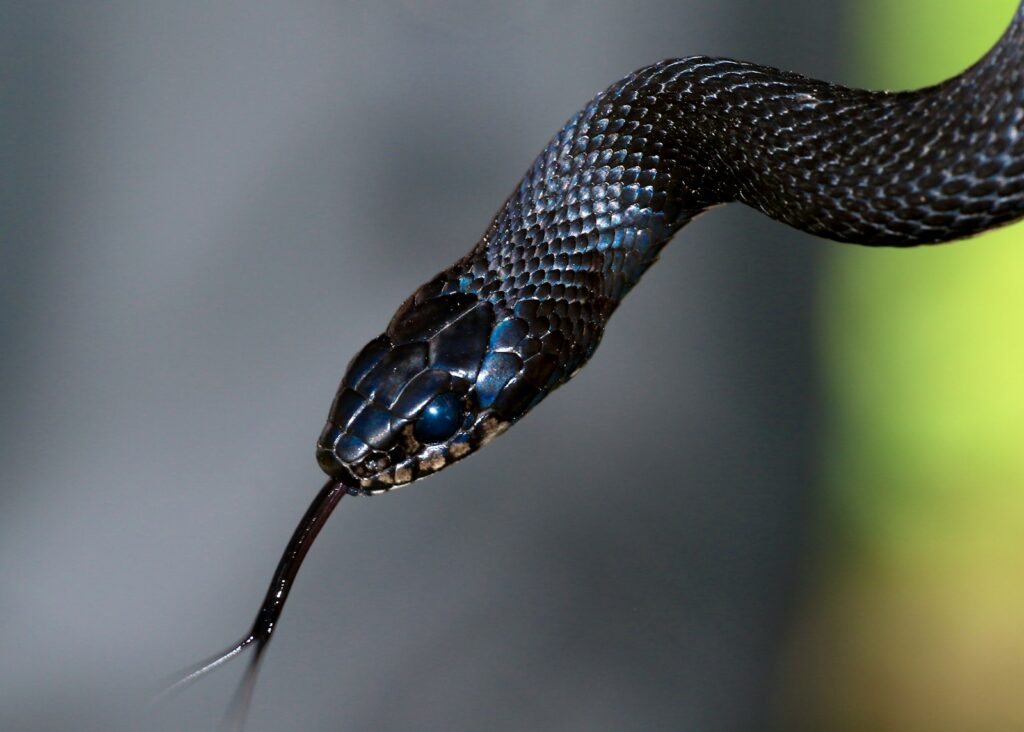
The snake’s tongue is a sophisticated sensory organ that collects chemical information from the environment. The pattern of tongue flicking can tell you much about a snake’s current mindset. A curious snake will flick its tongue with regular, rhythmic movements, often extending it fully to sample the air thoroughly. Each flick tends to be deliberate and full, with the tongue extending to its maximum reach. In contrast, a defensive snake may flick its tongue more rapidly and with shorter, sharper movements, or it might stop tongue flicking altogether to focus on the perceived threat. This difference in tongue flicking behavior reflects the snake’s shift from information gathering to preparation for possible defensive action.
Head Position and Orientation

A snake’s head position provides vital clues about its intentions and emotional state. When curious, a snake typically holds its head in a neutral or slightly elevated position, moving it systematically to examine different aspects of its environment. The orientation appears relaxed, and the snake may tilt its head slightly when investigating something particularly interesting, similar to how humans might look more closely at something that catches their attention. Defensive snakes, however, position their heads in a way that maximizes striking potential if needed, usually higher off the ground, with the neck coiled like a spring. This position is maintained with obvious tension and is often accompanied by a fixed focus on the perceived threat, rather than the casual scanning seen during curious exploration.
Species-Specific Behaviors
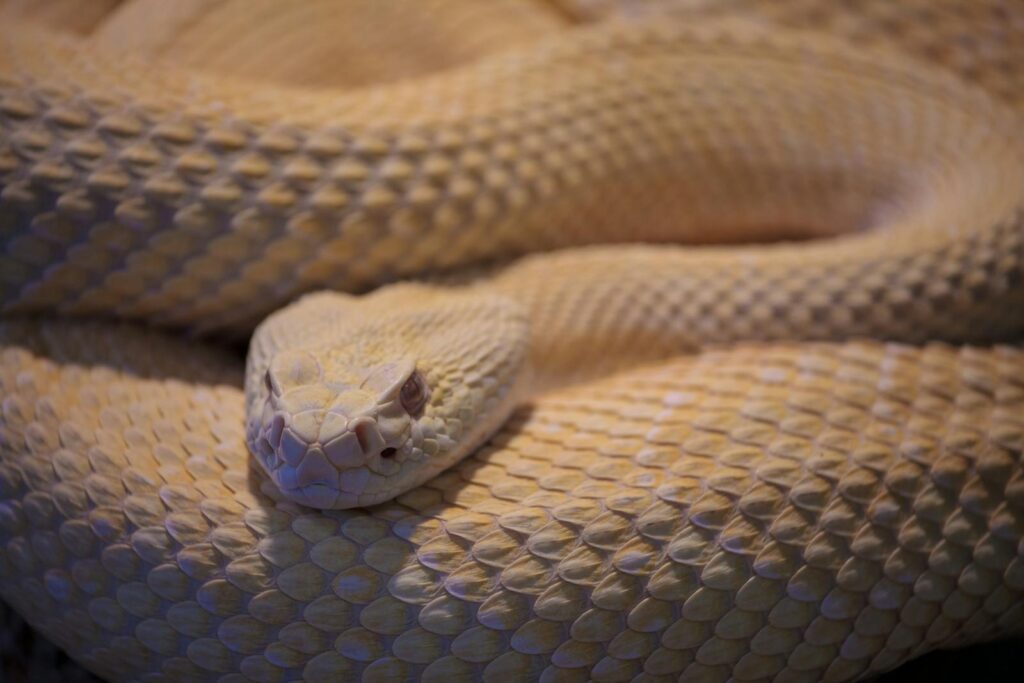
Different snake species exhibit unique behaviors when curious versus defensive, making species identification valuable for interpretation. Ball pythons, known for their docile nature, often show curiosity by gently extending their bodies toward new stimuli, while their defensive posture involves tightly balling up (hence their name). Corn snakes, another common pet species, demonstrate curiosity through slow, methodical climbing and exploring, whereas their defensive display includes rapid vibration of their tails against surfaces to mimic a rattlesnake. Venomous species like copperheads may show curiosity with slow movement and frequent pauses, but when defensive, they exhibit distinct threat displays including striking position with head elevated and body coiled. Recognizing these species-specific differences can help you better assess any snake encounter.
Context Matters: Environmental Factors
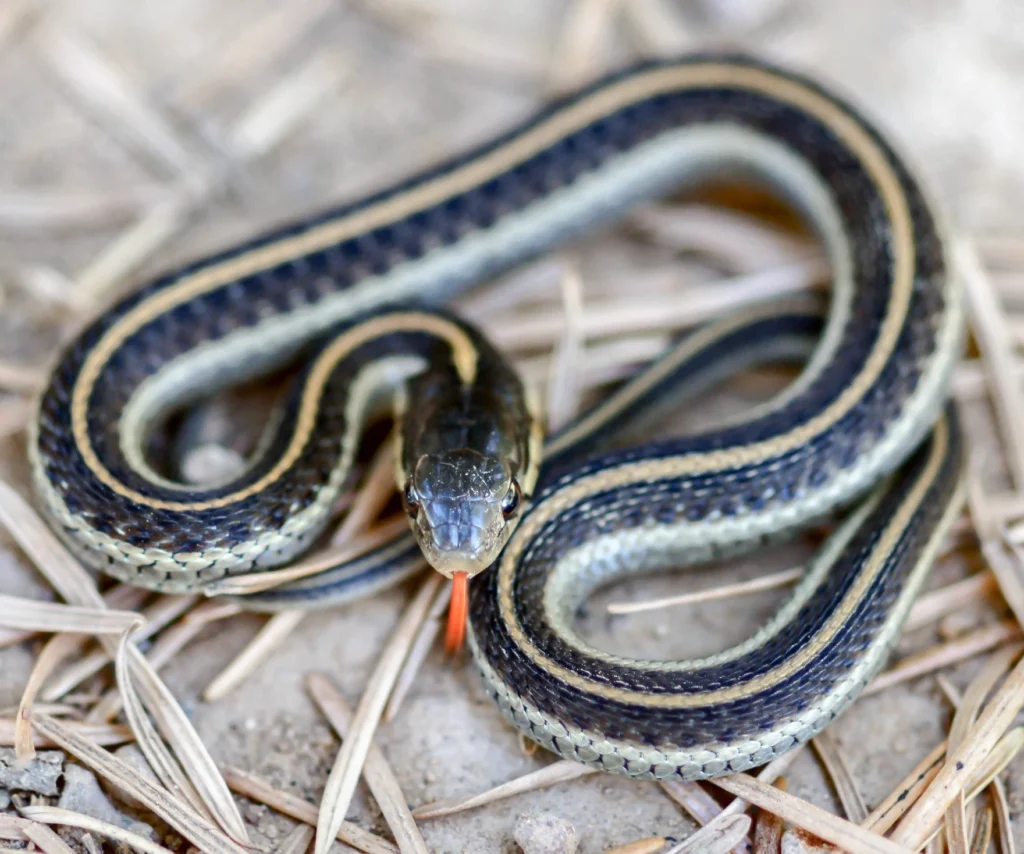
The environment plays a crucial role in determining whether a snake is likely to be curious or defensive. Snakes encountered in their familiar territory, such as a pet snake in its enclosure, are more likely to display curious behaviors when interacting with their owners or new objects. Conversely, wild snakes suddenly disturbed while basking or hunting may immediately adopt defensive postures due to the unexpected nature of the encounter. Temperature also significantly impacts snake behavior—during optimal temperatures, snakes are more likely to exhibit curious exploration, while extreme heat or cold may make them more defensive or lethargic. Additionally, the presence of escape routes often determines whether a snake feels secure enough to investigate or compelled to defend itself.
Common Misinterpretations of Snake Behavior
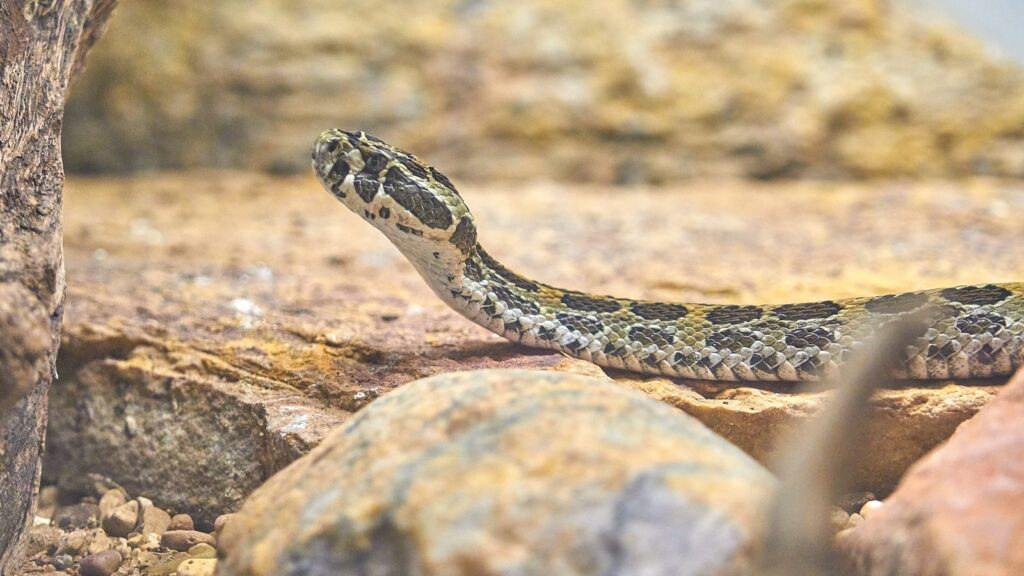
Many people misinterpret normal snake behaviors as threatening due to unfamiliarity with reptile communication. A common misconception is that a snake approaching a person is preparing to attack, when in reality, it may simply be investigating an interesting scent or warm object. Similarly, rapid tongue flicking is often misunderstood as aggression when it’s the snake’s primary method of gathering information about its surroundings. Another frequently misinterpreted behavior is the snake’s climbing tendency—a snake climbing up a person’s arm isn’t typically trying to constrict but is seeking a high vantage point or warmth. Understanding these behaviors in their proper context helps avoid unnecessary fear responses that might trigger defensive behavior in an otherwise curious snake.
Handling Techniques That Encourage Curiosity
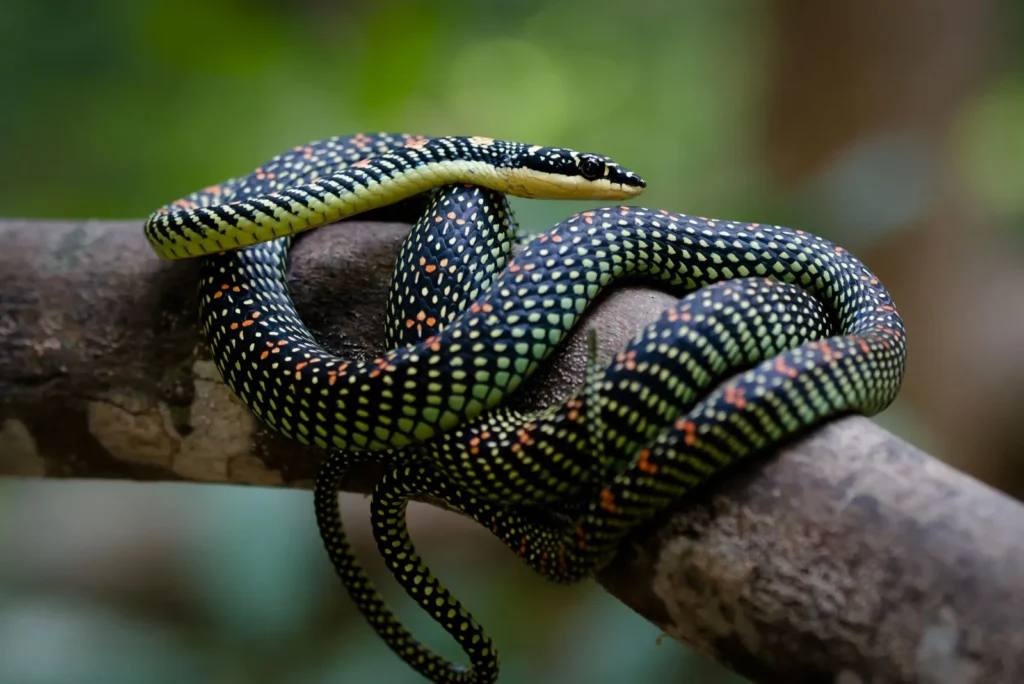
The way you approach and handle a snake greatly influences whether it responds with curiosity or defensiveness. Slow, deliberate movements are essential when interacting with snakes, as sudden gestures can trigger defensive reactions even in normally calm individuals. Supporting a snake’s body properly, especially its heavy midsection, helps it feel secure rather than vulnerable. Before handling, allow the snake to become aware of your presence by gently touching the side of its body rather than reaching directly over its head, which mimics a predator’s approach. For pet snakes, regular positive handling sessions with gentle support and calm energy help build associations between human interaction and safety, encouraging curious rather than defensive responses over time.
Red Flags: When Curiosity Transitions to Defense
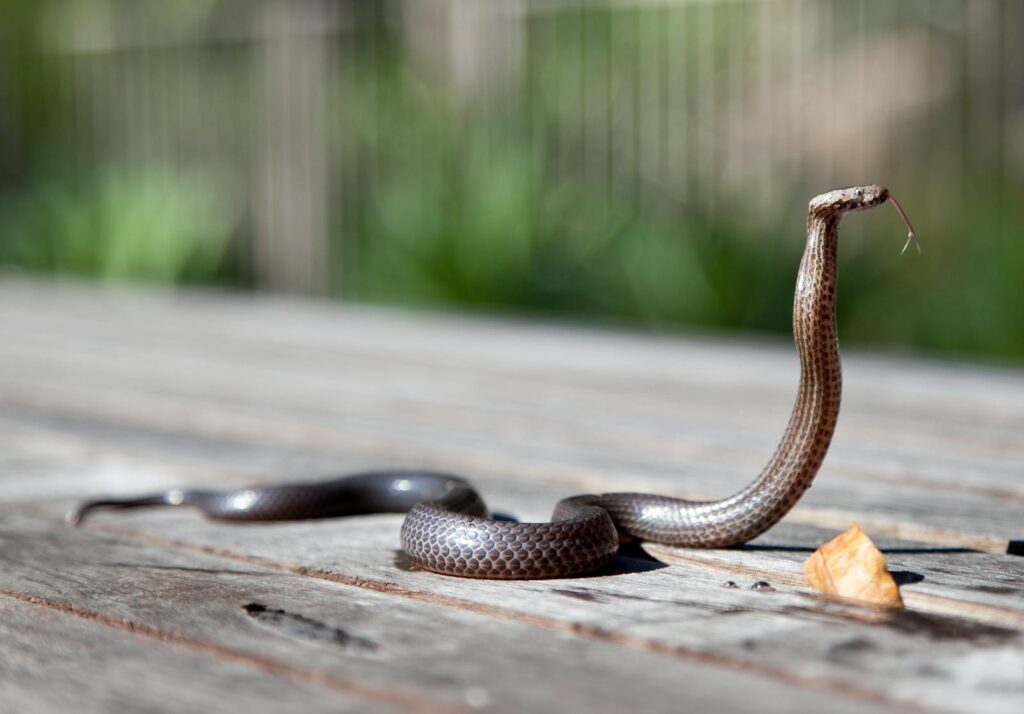
Even a curious snake can quickly shift to a defensive state if it feels threatened, making it important to recognize the transition signs. An immediate red flag is when smooth, exploratory movements suddenly become rigid and tense. The snake’s breathing pattern may also change, becoming more rapid with noticeable expansion of the sides of its body. Another warning sign is when a snake that was actively tongue flicking stops and focuses intently on you or another perceived threat. The head position typically changes from relaxed exploration to an elevated, alert posture, sometimes accompanied by a slight recoil that prepares the snake for a potential strike. Recognizing these transition signals allows you to adjust your behavior before the snake feels compelled to defend itself.
Building Trust with Pet Snakes

Developing a relationship where your pet snake consistently shows curiosity rather than defensiveness requires patience and consistent positive interactions. Establish a regular handling routine that respects the snake’s natural cycles, avoiding interactions during shedding periods or immediately after feeding when they’re more likely to be defensive. Keep initial handling sessions brief—just a few minutes—gradually extending the time as the snake becomes more comfortable with human contact. Always approach from the side rather than above, and provide proper support to eliminate any sense of falling that might trigger defensive behaviors. Over time, many pet snakes learn to associate their owners with safety rather than threat, exhibiting increasingly curious behaviors during interactions.
When to Leave a Wild Snake Alone
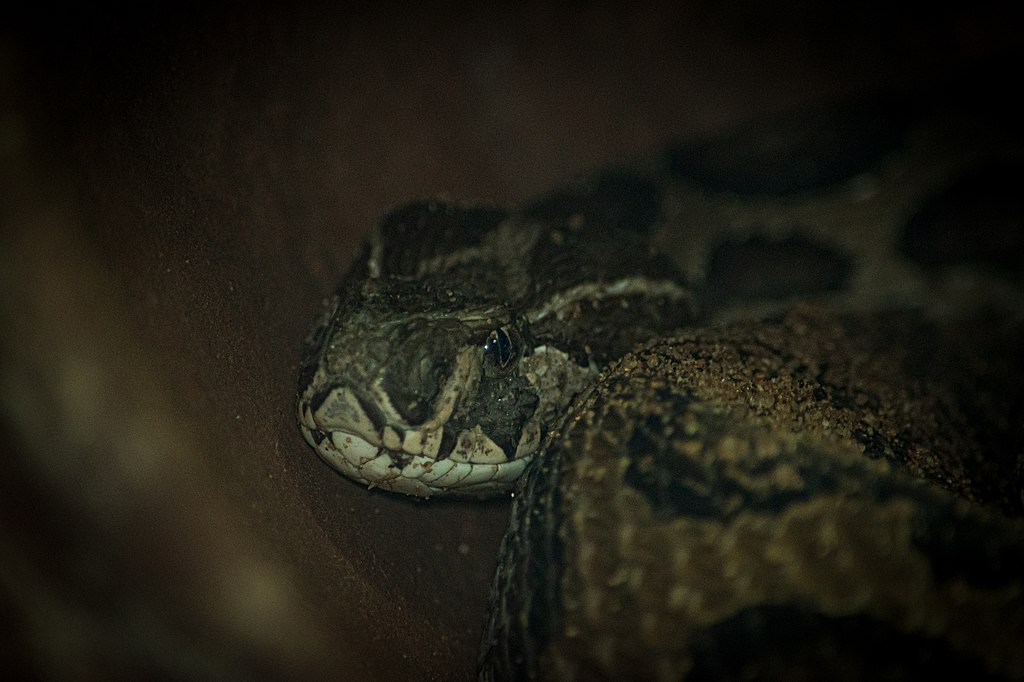
While understanding curious versus defensive behavior is valuable, wild snake encounters should generally be observed from a respectful distance. A wild snake displaying curiosity toward you isn’t an invitation for interaction, as these animals haven’t been habituated to human handling. If you encounter a wild snake showing defensive behaviors, such as coiling, head-raising, hissing, or rattling, slowly back away without making sudden movements. Never attempt to handle, relocate, or disturb a snake you cannot positively identify as non-venomous. Even with non-venomous species, handling causes significant stress to the animal and removes it from performing important ecological functions where it was found. The most responsible approach is to appreciate curious wild snakes through observation alone, maintaining enough distance to allow the snake to continue its natural behaviors.
Understanding the difference between curious and defensive behavior in snakes opens the door to more meaningful and safer interactions with these fascinating reptiles. By learning to recognize the subtle body language cues—from the pattern of tongue flicks to the speed of movement and body positioning—you can better assess a snake’s current state and respond appropriately. For pet owners, this knowledge fosters stronger bonds and more positive handling experiences. For those encountering wild snakes, it provides the confidence to appreciate these animals from a respectful distance without unnecessary fear. Remember that snakes, like all animals, communicate their intentions clearly if we take the time to learn their language. With practice, distinguishing between a snake’s curious investigation and defensive posturing becomes second nature, allowing for mutual respect between these remarkable reptiles and the humans who encounter them.

